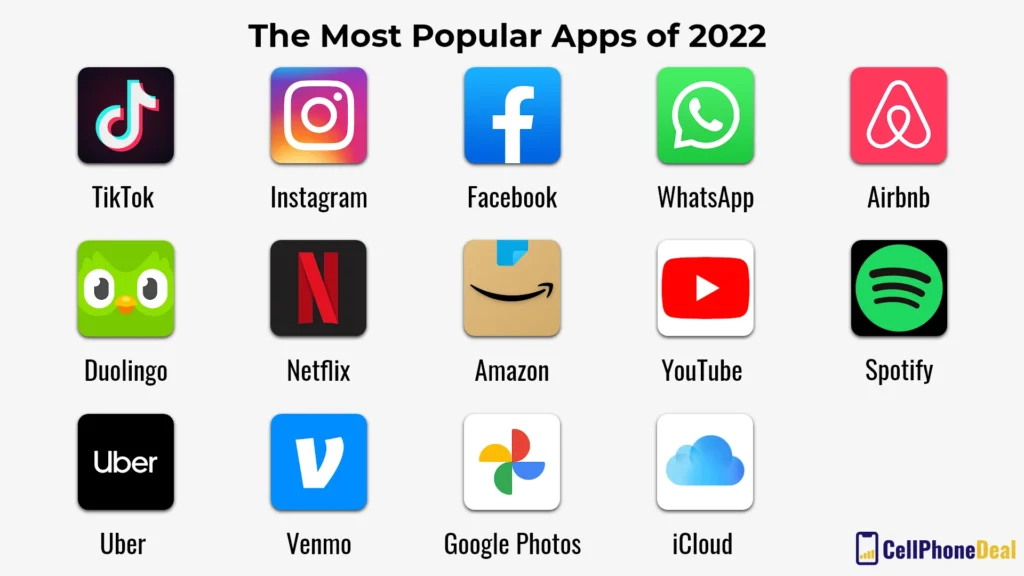In an exciting development for language learners worldwide, Duolingo expands with new AI-based language tools that promise to revolutionize the way we acquire new languages. Leveraging cutting-edge artificial intelligence, Duolingo aims to provide personalized learning experiences that cater to individual needs and preferences. This expansion not only enhances the platform’s existing features but also introduces innovative tools designed to make language learning more engaging and effective.
As you delve deeper into this article, you will discover the various AI-driven features that Duolingo is rolling out, including adaptive learning algorithms that adjust to your pace and style. We will explore how these tools can help you overcome common language learning challenges, making the process smoother and more enjoyable. Additionally, we will discuss the potential impact of these advancements on the future of language education and how they can empower learners to achieve their goals more efficiently.
Stay with us as we unpack the exciting details of Duolingo’s new offerings. Whether you are a seasoned language learner or just starting your journey, these AI-based tools are set to enhance your experience and help you reach fluency faster than ever before. Don’t miss out on the opportunity to learn how Duolingo is shaping the future of language learning with its innovative approach!
Duolingo, the popular language-learning platform, has recently announced the expansion of its services with new AI-based language tools. This development aims to enhance the learning experience for users by leveraging advanced technology to provide personalized and efficient language education. In this article, we will explore various aspects of this expansion and its implications for language learners worldwide.
Personalized Learning Experiences
The introduction of AI-based tools allows Duolingo to offer personalized learning experiences tailored to individual users’ needs. By analyzing user data, the platform can identify strengths and weaknesses, adapting lessons accordingly. This personalized approach not only increases engagement but also improves retention rates, making language learning more effective.
For instance, if a user struggles with verb conjugations, the AI can adjust the curriculum to focus more on that area, providing additional exercises and resources. This level of customization is a significant advancement in language education, as it caters to diverse learning styles and paces.
Enhanced Speech Recognition Technology
One of the standout features of Duolingo’s new AI tools is the enhanced speech recognition technology. This feature allows users to practice their speaking skills with real-time feedback. The AI can assess pronunciation, intonation, and fluency, providing users with constructive criticism to improve their speaking abilities.
Moreover, this technology can simulate conversations with native speakers, offering learners a safe environment to practice without the fear of judgment. As a result, users can build confidence in their speaking skills, which is often a significant barrier in language learning.
Gamification and Engagement
Duolingo has always been known for its gamified approach to language learning, and the new AI tools take this to the next level. By incorporating AI-driven challenges and rewards, the platform can keep users motivated and engaged. For example, the AI can create dynamic quizzes that adapt in difficulty based on the user’s performance, ensuring that learners are consistently challenged.
This gamification not only makes learning fun but also encourages users to spend more time on the platform, ultimately leading to better language acquisition. The integration of AI in gamification strategies is a game-changer for educational technology.
Accessibility and Inclusivity
With the expansion of AI-based language tools, Duolingo is also focusing on accessibility and inclusivity. The platform aims to cater to a broader audience, including those with disabilities. AI can help create adaptive learning environments that accommodate various needs, ensuring that everyone has the opportunity to learn a new language.
For instance, text-to-speech and speech-to-text features can assist users with visual or hearing impairments, making language learning more accessible. This commitment to inclusivity aligns with Duolingo’s mission to make education available to all, regardless of their background or abilities.
Data Privacy and Security Concerns
As Duolingo integrates AI into its platform, data privacy and security become paramount concerns. Users must be assured that their personal information and learning data are protected. Duolingo has implemented robust security measures to safeguard user data, ensuring compliance with privacy regulations.
Transparency about data usage is also crucial. Users should be informed about how their data is utilized to enhance their learning experience. By prioritizing data privacy, Duolingo can build trust with its user base, which is essential for the long-term success of its AI initiatives.
Future of Language Learning with AI
The expansion of Duolingo’s AI-based language tools marks a significant milestone in the future of language learning. As technology continues to evolve, we can expect even more innovative features that enhance the learning experience. The integration of AI not only makes language learning more efficient but also opens up new possibilities for interactive and immersive education.
In conclusion, Duolingo’s commitment to leveraging AI in language education is a promising development that could reshape how we learn languages. With personalized experiences, enhanced technology, and a focus on inclusivity, the future of language learning looks bright.
| Feature | Description |
|---|---|
| AI-Powered Chatbot | Duolingo has introduced an AI chatbot that allows users to practice conversations in real-time, simulating a natural dialogue experience. |
| Personalized Learning Paths | The new tools utilize AI to create customized learning paths based on individual user performance and preferences, enhancing the learning experience. |
| Speech Recognition | Advanced speech recognition technology helps users improve their pronunciation by providing instant feedback on their spoken language skills. |
| Grammar Tips | AI-driven grammar tips are now available, offering users contextual explanations and examples to help them understand complex language rules. |
| Interactive Exercises | New interactive exercises powered by AI adapt to the user’s skill level, ensuring that learners are consistently challenged and engaged. |
| Community Engagement | Duolingo’s platform encourages community interaction, allowing users to share experiences and tips, further enhancing the learning process. |



